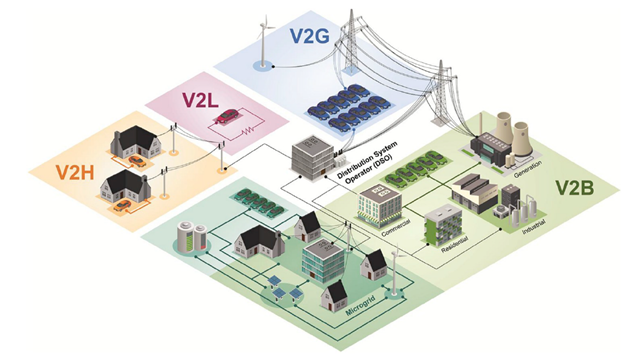Intra- and inter-urban integration of charging infrastructure for electric vehicles in low-density urban areas: a case study of Victoriaville

AdapT project
Description
With the acceleration of urban transportation electrification in Quebec, electric vehicle charging stations (EVCS) are becoming key infrastructure for reducing greenhouse gas (GHG) emissions. However, in medium-sized cities that are still largely dependent on cars, their urban integration remains complex. At the same time, electrification is putting increasing pressure on the power grid, leading to the exploration of new solutions such as bidirectional V2X (vehicle-to-everything) charging stations, and more specifically V2B (vehicle-to-building) stations, which can power critical municipal buildings during outages.
This research project, carried out in collaboration with the City of Victoriaville, aims to assess the current charging network and propose optimization strategies, while integrating the potential of V2X technology.
Objectives
- Conduct a detailed assessment of the current network of charging stations in Victoriaville
- Propose optimization strategies for accessibility, management, and productivity
- Exploring the potential and limitations of V2X/V2B technology to increase the resilience of municipal infrastructure
- Formulate multi-criteria deployment scenarios to guide the City in its future choices
Related projects
Development of an evaluation framework for sustainable mobility hubs in Montreal
Don’t just coexist with climate change.
